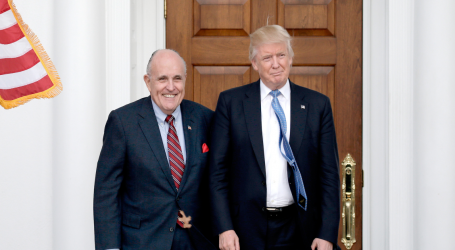6 Iconic Photos from the Trailblazing Career of Ruth Bader Ginsburg
Supreme Court Justice Ruth Bader Ginsburg, celebrating her 20th anniversary on the bench, is photographed in the West conference room at the U.S. Supreme Court in Washington, D.C., on Friday, August 30, 2013. Nikki Kahn/The Washington Post/ Getty
For indispensable reporting on the coronavirus crisis, the election, and more, subscribe to the Mother Jones Daily newsletter.Trailblazing Supreme Court Justice Ruth Bader Ginsburg has died at 87. The liberal feminist icon made history by becoming the second woman to ever serve on the Supreme Court, to which she was nominated by President Bill Clinton in 1993. Before that, President Jimmy Carter nominated her to a 13-year tenure on the D.C. Circuit in 1980. Throughout her career, she burnished her credentials as a fierce advocate for women’s rights, a reputation she developed while working for the ACLU on landmark gender discrimination cases. This legacy was cemented later, in the Twitter Age, as a symbol of judicial resistance, under the moniker gifted to her by legions of fans, world-wide, for her strident dissents: the Notorious RBG.
Here’s a pictorial look back at some of the defining moments from Bader Ginsburg’s barrier-breaking career.
Supreme Court Chief Justice William Rehnquist, right, administered the oath to defend the Constitution to Ruth Bader Ginsburg, as President Bill Clinton looked on, in the East Room of the White House, on August 10, 1993. Born in 1933 in New York City, Ginsburg was the second woman to ever serve on the Supreme Court.
AP Photo/Barry ThummaMembers of the U.S. Supreme Court pose for a group portrait in Washington, in December 1993. Just three years after her appointment, she wrote the majority opinion in United States v. Virginia, in which the court held that the male-only admissions policy at the Virginia Military Institute violated the Constitution’s Equal Protection Clause. Despite writing nearly 200 opinions during her tenure on the court, Ginsburg leaves behind few such landmark majority opinions, because she spent virtually all of her career as part of the court’s liberal minority.
Marcy Nighswander/APGinsburg and her late husband Marty attended a gala opening night dinner following a Washington Opera performance, in October 2000. Ginsburg’s nomination to the nation’s top court required a sustained campaign organized by her husband, who fought to overcome the perception among feminists that Ginsburg might be too conservative. Marty died from cancer in June, 2010.
Karin Cooper/Liaison/GettyGinsburg hugged President Barack Obama before he delivered his State of the Union speech in February, 2013. Shortly before her death, Ginsburg dictated a statement to her granddaughter: “My most fervent wish is that I will not be replaced until a new president is installed.”
Chip Somodevilla/GettyThe only two female Justices of the U.S. Supreme Court, Sandra Day O’Connor and Ruth Bader Ginsburg, posed for a portrait in Statuary Hall, in March, 2001, at the U.S. Capitol Building. The two Justices were preparing to address a meeting of the Congressional Women’s Caucus. After the court shifted farther to the right with the appointments of Justice Samuel Alito and Chief Justice John Roberts Jr., Ginsburg was seen as the voice of the resistance to conservative efforts to roll back reproductive rights, civil rights, and women’s rights. But it wasn’t a place she always enjoyed. In 2005, after the retirement of Justice Sandra Day O’Connor, she became the court’s only woman, a four-year stretch she has said was “lonely.”
David Hume Kennerly/GettyPortrait of Ruth Ginsburg, filed 1977.
Getty
We Recommend
Latest




